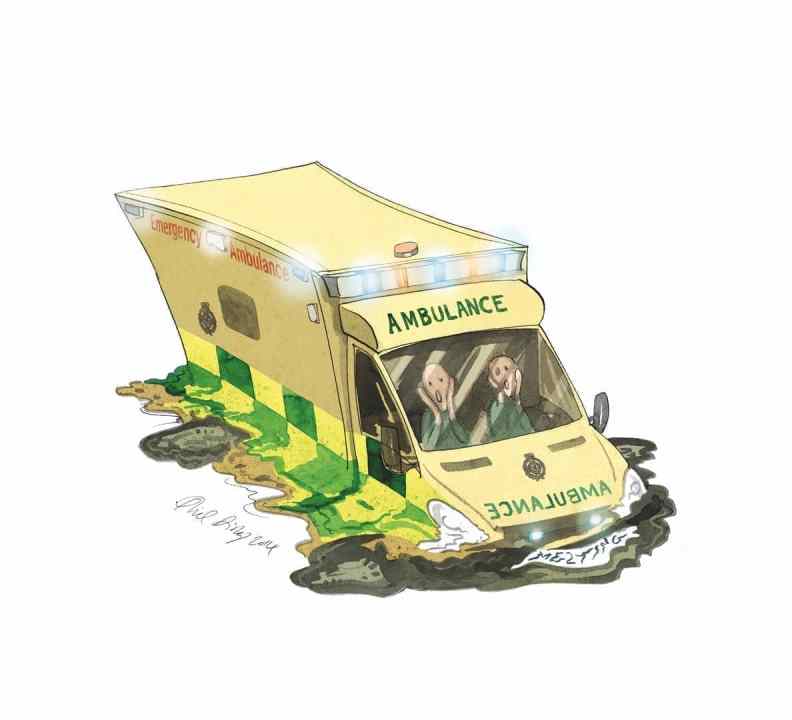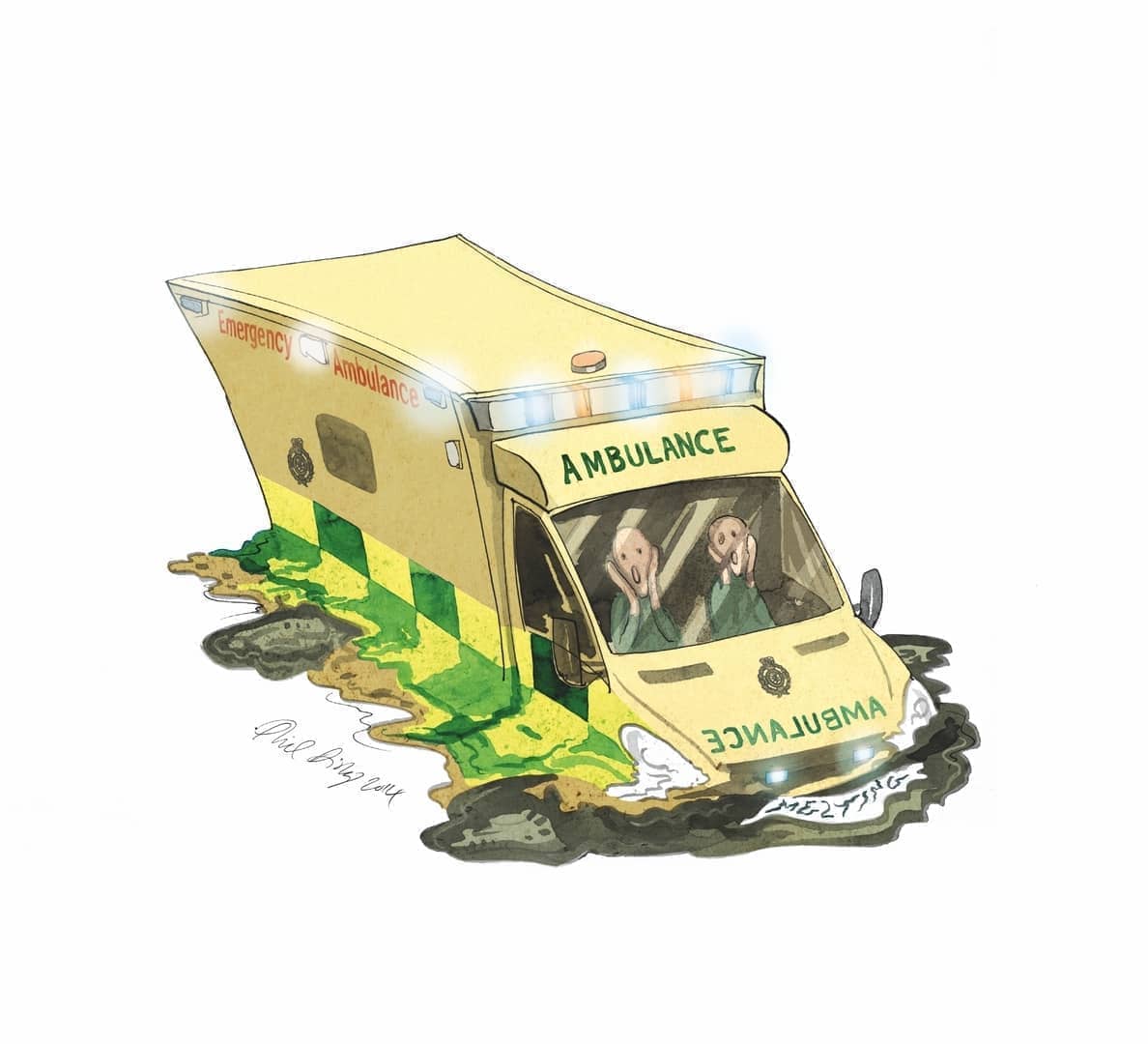Last month, the number of twelve-hour waits in A&E departments in England exceeded 40,000 for the first time ever – an increase of 11,000 in one month. Waiting lists for consultant-led treatment have grown by some 70,000 patients, having passed seven million in September. Ambulance response times, too, are back up over an hour on average.
The latest NHS statistics come a week after ONS figures revealed that, on average, the number of excess deaths is currently higher than during the pandemic. This is at least in part due to treatment delays during the pandemic – delays which show no sign of improving anytime soon. Now the Royal College of Nursing has announced plans to go on nationwide strike for the first time in their history, meaning the NHS faces operating with ‘bank holiday’ staffing levels.
This morning’s monthly NHS statistical release suggests things are about to get worse. Here’s what it tells us:
1. Hospital waiting lists continue to grow
Hospital waiting lists in England currently stand at 7.1 million and they’re likely to get worse – already they are up nearly 70,000 in a single month. Modelling leaked to The Spectator in February suggests they could hit nine million by the next election.
2. The number of one year waits has climbed too
The number of those waiting more than a year for treatment is shooting up too: it is now at over 401,000 patients. These are levels not seen since the lockdown peak last March. The waiting list keeps growing – it's already some 210,000 longer than where worst-case NHS modelling expected it to be.
3. Ambulance waiting times once again exceed an hour
The average response time for a Category 2 999 call – emergencies such as chest pains and strokes – has risen to over an hour. It is now 13 minutes longer than the month before and well above the 18 minute target.
4. More patients than ever before faced A&E delays
Some 44,000 patients waited longer than 12 hours for admission to emergency departments – the highest figure ever recorded. This is despite the target to see 95 per cent of those turning up at A&E within four hours. Last month they only achieved a success rate of 69 per cent. However, all of this must be considered alongside the news that the NHS experienced its busiest October on record this year, with more than 2.17 million patients turning up to emergency departments seeking treatment.
5. More patients are not being discharged on time
More patients are going into hospitals than coming out: less than half of fit patients were discharged on time last month. Over 13,000 patients spent more time in hospital than needed every single day – the equivalent of around one in 10 beds over the month were taken up because of this.
6. Cancer diagnosis targets not met for over a year
Separate NHS targets exist for cancer diagnoses: 75 per cent of patients must either have their cancer confirmed or get the all-clear within 28 days. The actual figure is now at 67 per cent – the lowest level since January. This 28-day cancer diagnosis target hasn’t been met for the fifteenth month running.
These strains on the health service are being felt in the economy now too. Andy Haldane, former chief economist of the Bank of England said: ‘We’re in a situation for the first time, probably since the Industrial Revolution, where health and wellbeing are in retreat. Having been an accelerator of wellbeing for the last 200 years, health is now serving as a brake in the rise of growth and wellbeing of our citizens.’
So Britain’s number of workers considered to be long-term sick is growing now too: a record 2.5 million people. This is the highest figure ever. It’s hard to prove that there is a direct link between this figure and the NHS backlog, but it’s hard to imagine it is helping. In fact, the cabinet has discussed the idea of bumping those on long-term sick leave to the top of NHS waiting lists to try and get the economy moving again.
Helping these people, the 5.3 million Brits on out of working benefits and the seven million on England’s waiting list, will have to be at the top of Rishi Sunak’s todo list if he’s serious about getting Brits out of their sick beds and back into the office.








Comments